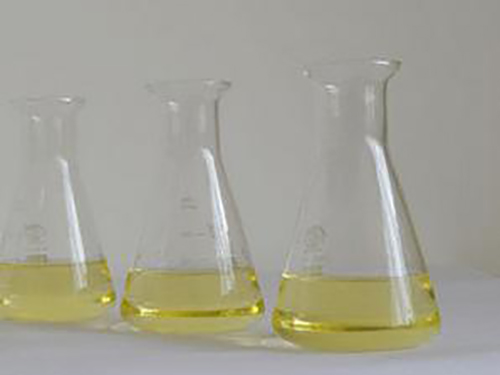Flocculants Utilized in Water Treatment Processes and Their Effectiveness
The Role of Flocculants in Water Treatment
Water treatment processes are essential for ensuring that water is safe for consumption, industrial use, and environmental discharge. Among the various methods employed, the use of flocculants is a critical component that helps in the clarification of water by removing suspended solids. Flocculants are substances that promote the agglomeration of particles, making it easier to separate them from the water.
Flocculants can be categorized into two main types organic and inorganic
. Organic flocculants are typically derived from natural or synthetic polymers, while inorganic flocculants are mineral-based compounds such as aluminum sulfate (alum) and ferric chloride. Each type has its own mechanisms of action, applications, and advantages.Organic flocculants, such as polyacrylamides, are widely used due to their effectiveness, particularly in low concentrations. These polymers work by bridging the gaps between particles, enabling them to form larger aggregates, or flocs. The increased size of these flocs makes it easier for gravity to facilitate their descent during sedimentation. Additionally, organic flocculants usually have a high charge density, which is advantageous in destabilizing colloidal particles in water.
Inorganic flocculants, on the other hand, are often preferred in municipal water treatment facilities. Alum, for instance, has been the traditional choice for decades due to its cost-effectiveness and efficiency in removing turbidity. When alum is added to water, it hydrolyzes to form positively charged aluminum hydroxide, which attracts negatively charged particles and settles out of the water. This process is particularly effective in both surface water treatment and wastewater management.
flocculants used in water treatment

The choice of flocculant and its concentration is paramount as it can significantly influence the overall efficiency of the water treatment process. Overdosing can lead to residual chemicals in the treated water, while underdosing may result in insufficient removal of contaminants. Consequently, precise dosages and continuous monitoring are necessary to optimize flocculation.
The applications of flocculants extend beyond just drinking water purification. They are instrumental in various industries including paper manufacturing, mining, and oil production, where solid-liquid separation is a critical process. In wastewater treatment, flocculants help in reducing the volume of sludge produced and in enhancing the quality of the treated effluent.
In recent years, the environmental impact of flocculants has garnered attention. The use of synthetic organic flocculants, often derived from petroleum, raises concerns regarding their biodegradability and potential accumulation in the environment. As a response, there has been an increasing interest in developing biodegradable flocculants derived from natural sources such as chitosan, starch, or cellulose. These biodegradable options offer a sustainable alternative that minimizes environmental impacts while maintaining effective flocculation properties.
In summary, flocculants play a vital role in the water treatment process by enhancing the removal of suspended solids and improving water clarity. As both organic and inorganic options are available, the selection depends on the specific requirements of the treatment process. With ongoing research into environmentally friendly alternatives, the future of flocculants in water treatment holds promise for more sustainable practices, ensuring safe and clean water for all.
-
Water Treatment with Flocculant Water TreatmentNewsJun.12,2025
-
Polymaleic AnhydrideNewsJun.12,2025
-
Polyaspartic AcidNewsJun.12,2025
-
Enhance Industrial Processes with IsothiazolinonesNewsJun.12,2025
-
Enhance Industrial Processes with PBTCA SolutionsNewsJun.12,2025
-
Dodecyldimethylbenzylammonium Chloride SolutionsNewsJun.12,2025





